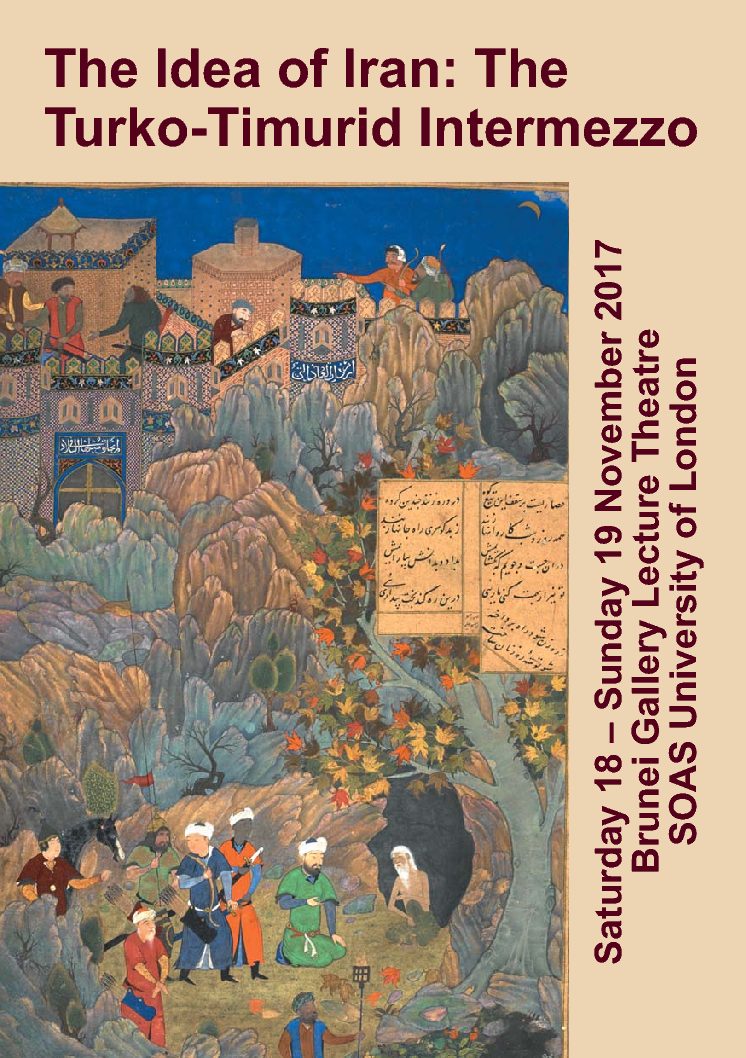The Idea of Iran: The Timurids and the Turkmen Intermezzo
The Idea of Iran: The Timurids and the Turkmen Intermezzo
The Fifteenth Century saw the slow disintegration of the empire roughly assembled through the military conquests of Timur, ultimately dividing (as so often in the past) into independent realms to the east and west of the Central Kavir. While the Timurids retained their hold on Khurasan and Transoxiana, the west was lost to the Qara Qoyunlu and Aq Qoyunlu Turkomans. Both polities were the heirs of the Chinggisid dispensation. Despite their political rivalries, they grappled with the same questions of legitimacy and exemplify the same process of combining the ‘steppe’ notions of rule with Perso-Islamic concepts and a centralized bureaucracy with powerful autonomous appanage holders. The period also witnessed popular challenges to Sunni religious orthodoxy and a renewed emphasis on the scholarly achievements of the past. In the meantime, a great cultural florescence, partly born of the rivalry of competing courts make the Fifteenth century a byword for great artistic, literary and scientific achievements. What does the Idea of Iran mean at this period. Can we discern the ways that contemporaries viewed their traditions and their environment (natural or built); what was the view of outsiders, and how does modern scholarship define the distinctive aspects of the period? These are some of the questions explored in the symposium dedicated to this rich and highly productive interval that was the springboard for the formation of new imperial Ottoman and Safavid orders of succeeding centuries.


